Fort Union National Monument
Exposed to the wind, within a sweeping valley of short grass prairie, amid the swales of the Santa Fe Trail, lie the territorial-style adobe remnants of the largest 19th century military fort in the region. For forty years, 1851-1891, Fort Union functioned as an agent of political and cultural change, whether desired or not, in New Mexico and throughout the Southwest.
Fort Union National Monument is located in the Northeastern portion of the state of New Mexico. 8 miles off of Interstate I-25 on State Highway NM 161. New Mexico: From Albuquerque (156 miles), Santa Fe (94 miles) or Las Vegas, NM (28 miles) take I-25 North, exit 366 at Watrous, 8 miles on NM 161. Colorado: From Denver (313 miles), Colorado Springs (243 miles) or Raton (95 miles) take I-25 South, exit 366 at Watrous, 8 miles on NM 161.
- Guided Tours
- Self-Guided Tours - Walking
- Living History
- Historic Weapons Demonstration
- Junior Ranger Program
- Shopping
- Bookstore and Park Store
- Archeology
- Ruins
- Forts
- Hispanic American Heritage
- Medicine
- Hospital
- Military
- US Army
- Wars and Conflicts
- Indian and Frontier Wars
- Civil War
- Westward Expansion
Big Skies Over Officers Row
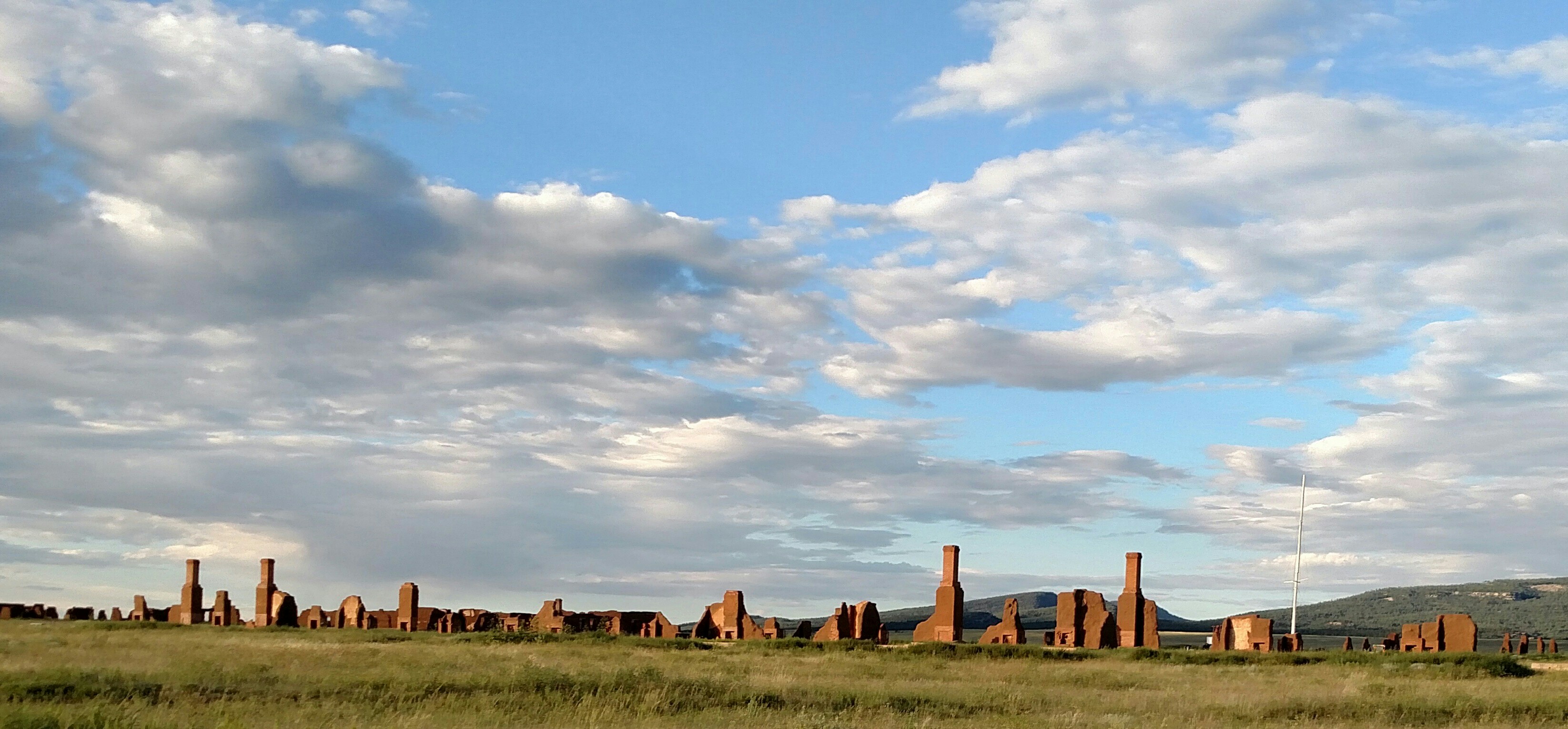
Blue skies and billowing clouds frequently add to the incredible viewshed that surrounds the monument grounds.
Freezing Fog in Mechanics Corral
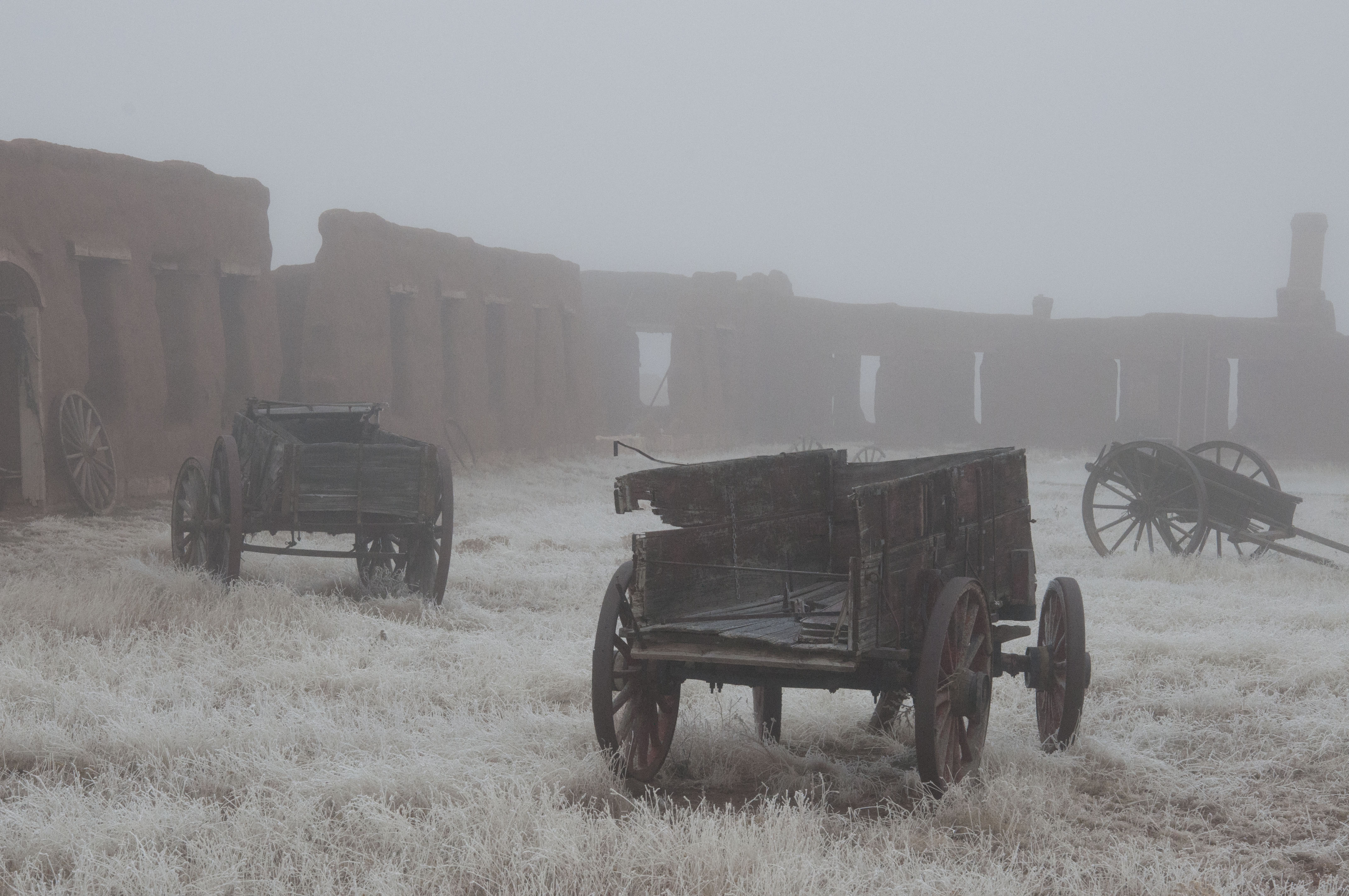
One of the most photographed areas of the monument, the Mechanics Corral onced serviced wagons that travelled along the Santa Fe Trail.
Sunflower in Enlisted Barracks
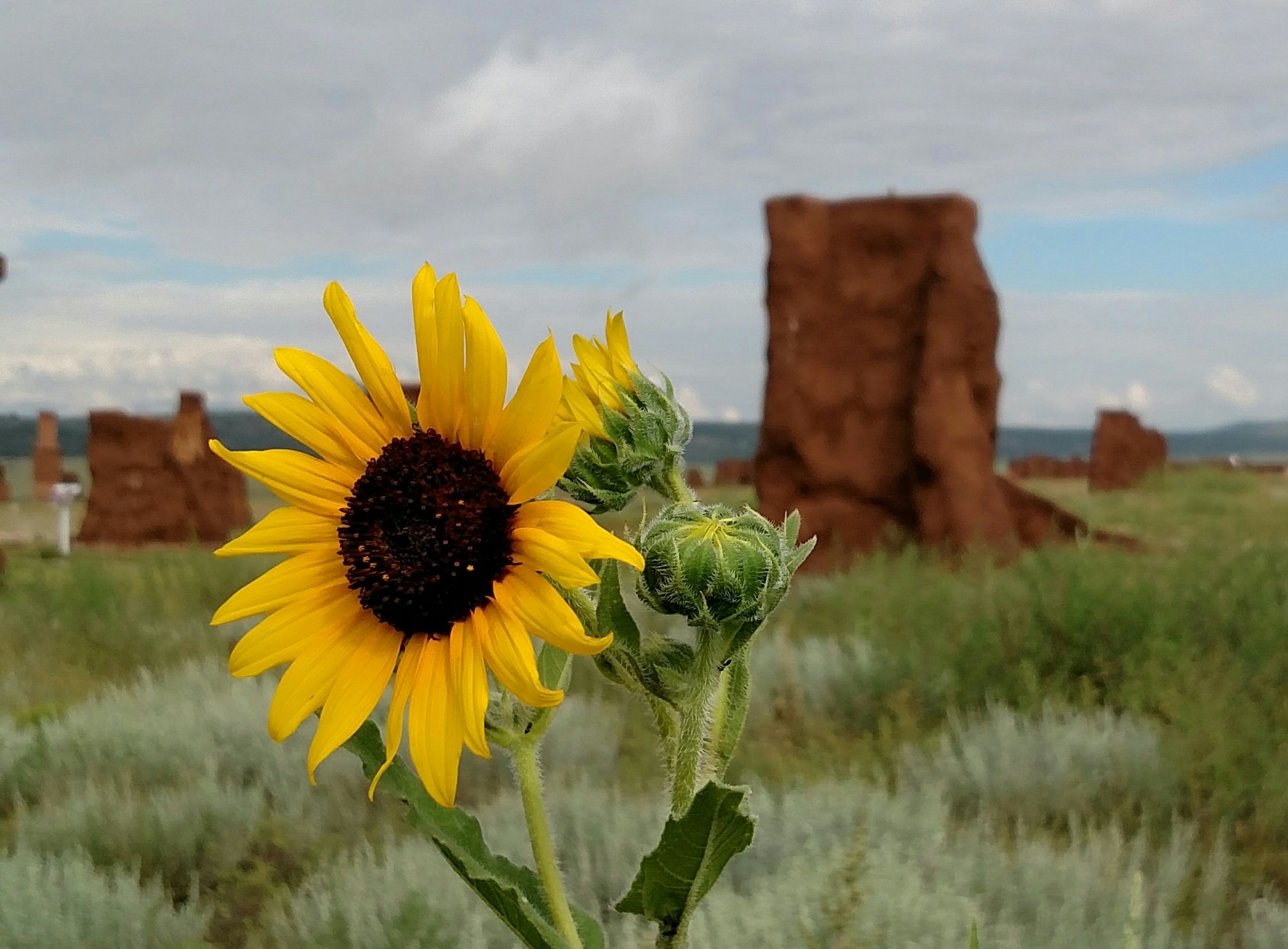
Located deep within the Mora Valley, Fort Union National Monument contains a vast array of plant and animal life.
Remnants of the Past
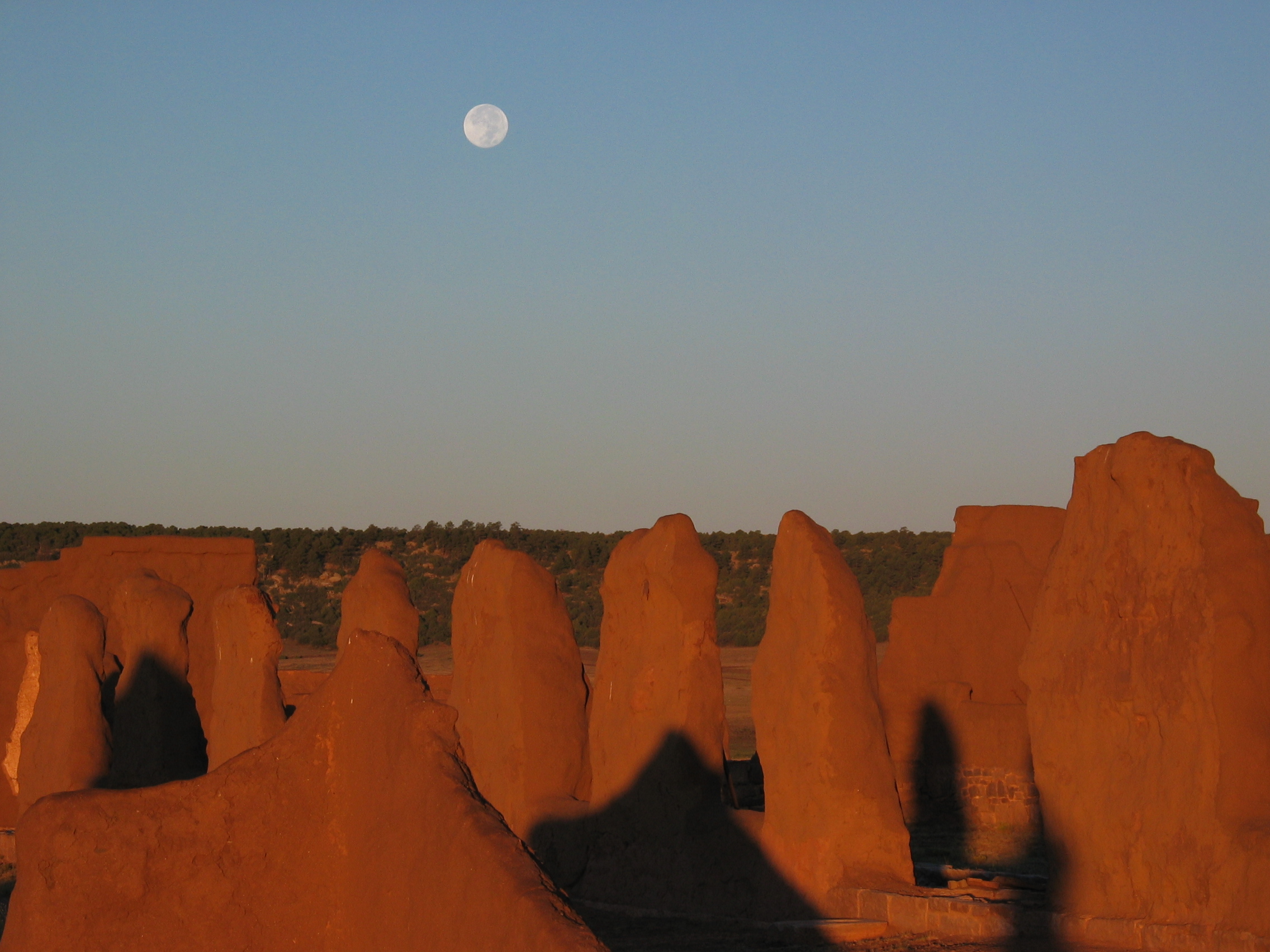
Located on the monument grounds is the world's largest collection of Territorial-Style adobe remanants.
Fort Union NM Visitor Center
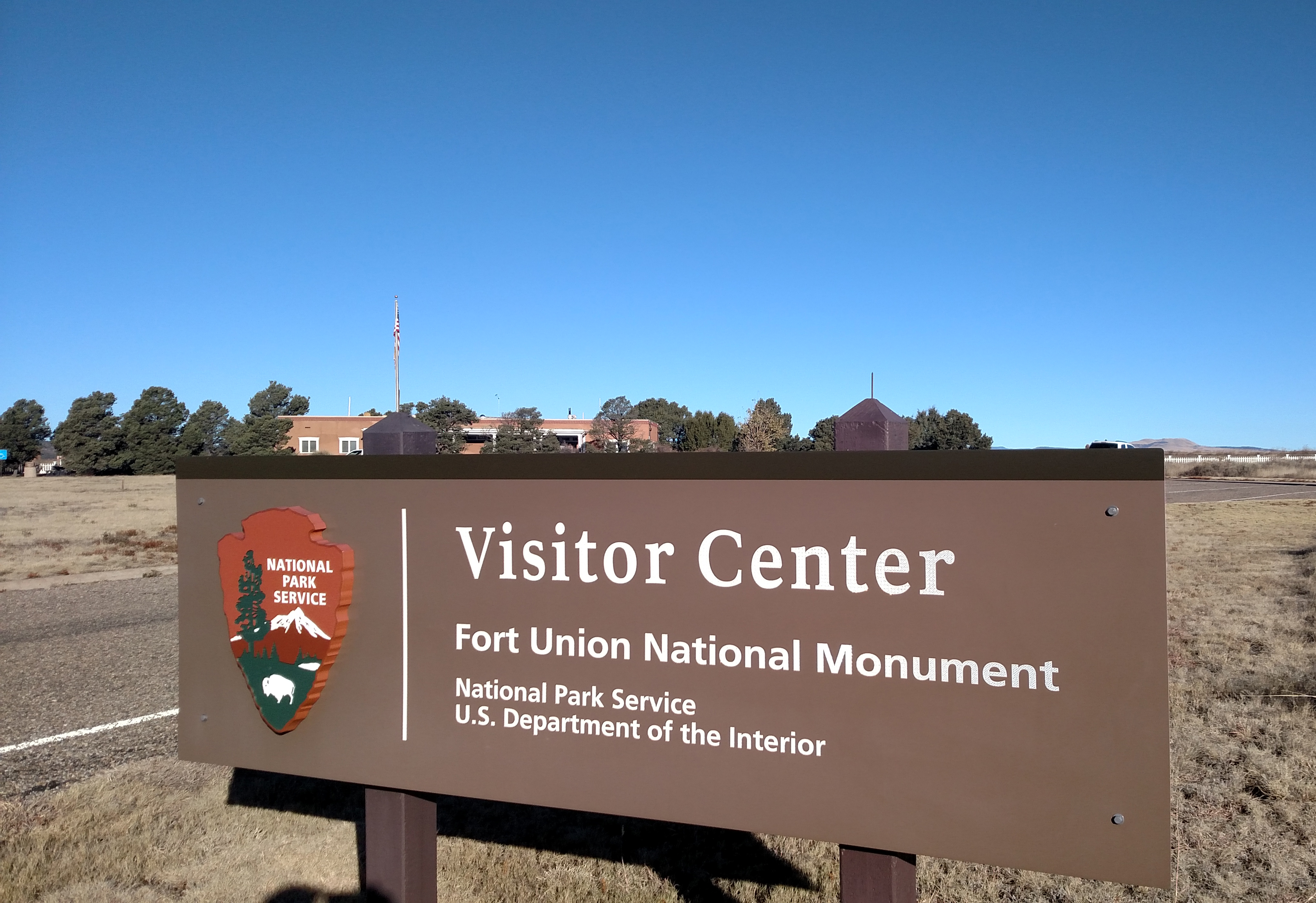
Completed in 1960, the Visitor Center at Fort Union was one of the first built during the "MIssion 66" program for the National Park Service. It was designed by the internationally known architect Cecil Doty.